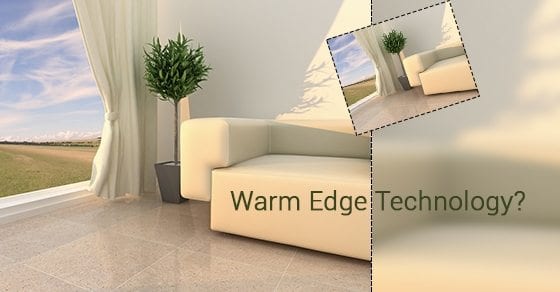Around for centuries, windows are a quintessential part of every residential and commercial structure. They provide natural light, airflow, and a safety outlet in the event of a fire or other emergency. With that, window technology has indeed grown and expanded in many ways over the years, with most modern products sporting features no one could have ever imagined even a few decades ago.
As manufacturers continue to create new and innovative window designs, the greater the demand for improved energy-efficiency will be. One of the products that have revolutionized the eco-friendly and cost-saving window market is warm edge technology.
Do your windows have the edge?
In short, this refers to any double glazed window comprised of a frame edging profile that is designed to minimize heat loss, far more so than the comparable standard construction competitor does.
This simple technique literally helps home and business owners save thousands of dollars every year on their annual heating and cooling bills. Remember, the higher a window’s insulation factor (nicknamed R-value in the industry); the more capable it is of trapping in that valuable air.
Understanding the difference that warm-edge windows have from their conventional counterparts, helps explain why the latter are inferior from a conservation standpoint. Traditional models consist of an aluminum spacer that separates the wood frame from the two panes of glass. Why is this a problem?
Why Warm Edge Technology is a Big Deal
Well, aluminum is known for its high conductivity, and that naturally translates to high levels of energy loss, not exactly something you want! Given that this is the case, one may wonder why manufacturers ever decided to use aluminum inserts in the first place.
Windows that are deemed warm edge technology worthy utilize a specialty spacers that increase the internal temperature up to 65%, and this offers dual benefits. The first is obviously enhanced thermal efficiency, and the other a greatly reduced chance of condensation.
Moisture is a big problem with conventional windows, and it can be downright disastrous to wooden frames. Perhaps the greatest advantage of all to using these types of windows is that they can realistically boost the temperature between the center and edge to 94%. For you, that means lower energy bills, a lower risk of having to deal with mold and mildew growth, and a smaller environmental footprint.






